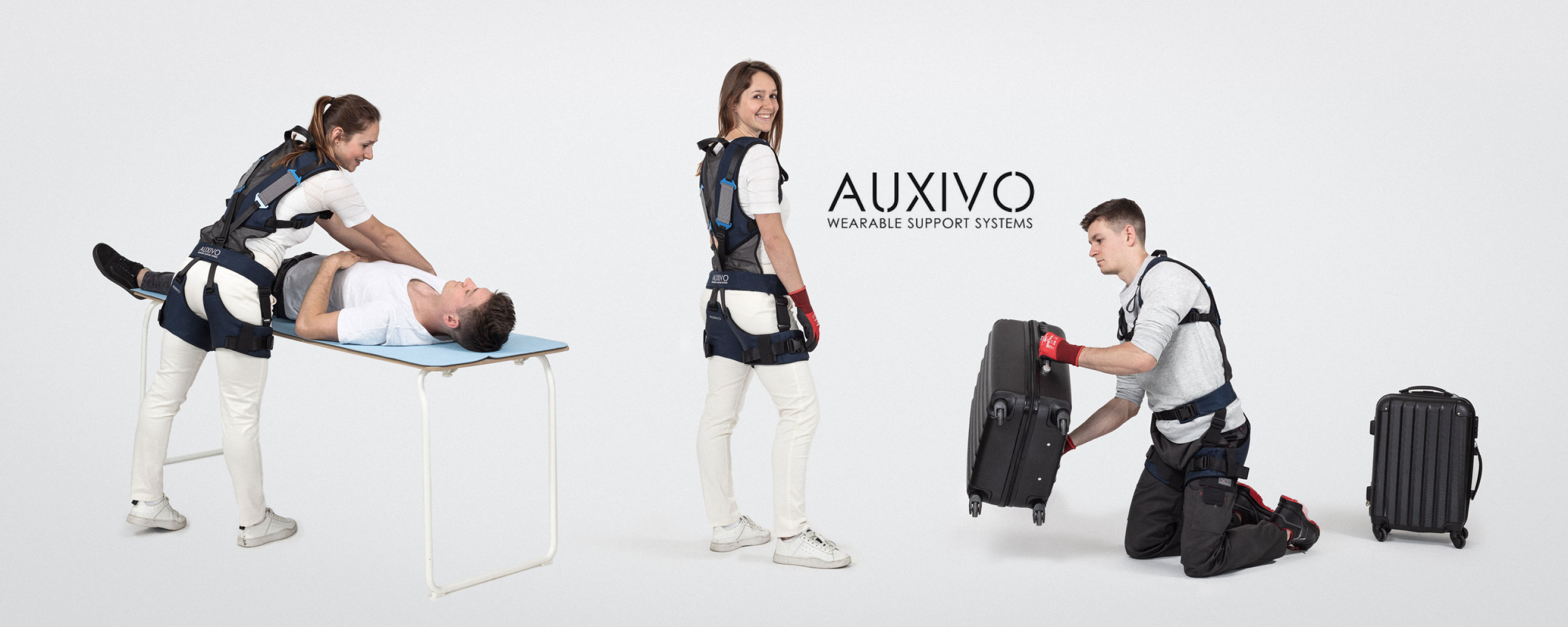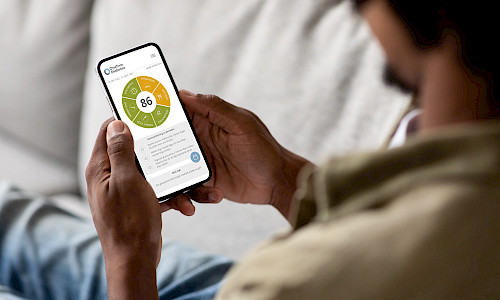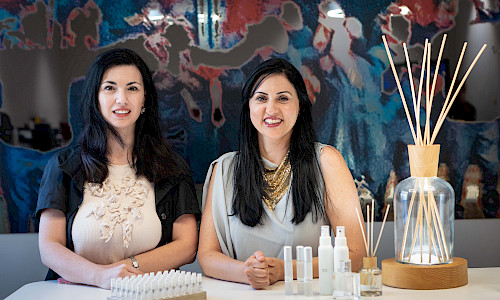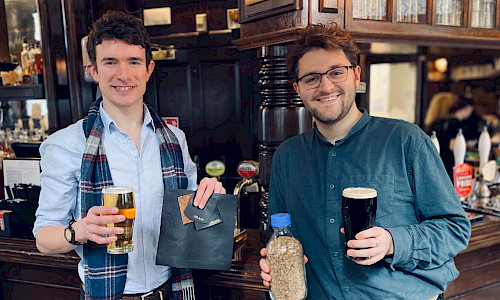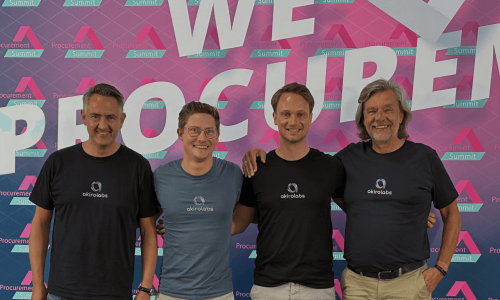Opportunities for exoskeletons
Will exoskeletons only exist in science fiction, or will they be used in practice? The answer is clearly the latter. The global exoskeleton market was valued at USD 218 million in 2020 and is expected to expand at a compound annual growth rate (CAGR) of 20.5% through 2028.
We believe that the industrial exoskeleton market in particular will not only continue to grow, but to truly take off. In fact, market reports have suggested a CAGR close to 43% for this segment over the next five years. We see three main trends driving this extraordinary growth.
The first catalyst for industrial exoskeletons is the labour shortage. According to Eurofound , there has been an increasing scarcity of labour since 2013, especially in the construction and manufacturing sectors. With fewer young workers entering, the existing workforce is aging and increasingly subject to fatigue and the effects of injuries from the physically demanding work. Companies are turning to exoskeletons to support and retain their workers.
Replace of support?
An interesting and often-voiced argument states that robotics technologies are progressing so fast that they will not only fill the labour shortage, but even replace existing workers. This might be true for some areas in the future, but over the short and medium term, we believe that most physically demanding tasks will still be carried out by humans. From this perspective, we can view exoskeletons as a transitional product between traditional manual work and fully automated robotics. In the starting phase, they might look more like traditional PPE (personal protective equipment), while in the future, exoskeletons will evolve to include more robot-like features and even become fully robotic.
An increasing focus on employee wellbeing and occupational safety regulations is a second market driver. To pick one recent example, the Ministry of Labour, Welfare and Social Insurance in Cyprus classified the workload of several tasks at the airport as critical and now requires the airport ground operation provider to invest in technical solutions or additional personnel, with exoskeletons being an obvious solution. This is the kind of development that can easily become an industry standard. Many existing guidelines, e.g., from the public-sector Swiss National Accident Insurance Fund (SUVA), provide tools to identify health risks inherent in strenuous or hazardous work. The mitigation of such risks can also be a reason for the use of wearable support exoskeletons.
The third market catalyst comes from technology and supply chain developments, which have been boosted by the boom in medical exoskeletons. Compared to industrial exoskeletons, the medical exoskeleton market is at a more advanced stage, with public and large private companies like Rewalk Robotics as prominent players. In consequence, there have been significant investments in the development of exoskeleton technology and the supply chains for the necessary specialised textiles and hardware components. This existing market infrastructure and knowhow provides favourable conditions for the growth of the industrial exoskeleton market.
Challenges for exoskeletons
Despite rapid growth and a promising future, the adoption rate of exoskeletons is still relatively low in the industrial field (which we can see from the number of sold units). There are various reasons for this low adoption, including still-limited scientific validation of the long-term benefits of exoskeletons, as it takes time to gather data. Furthermore, as exoskeletons are a new product category, the regulatory environment is still unclear. As exoskeleton expert Borislav Marinov points out, a lack of standards hampers the adoption of this technology .
We remain positive even in light of the challenges mentioned above. First, our exchanges with exoskeleton experts have clearly shown an increasing number of research institutions emerging in this space in recent years, and their insights and publications will prompt companies to make decisions. Second, as Borislav also mentioned in the same article, regulation and standards organisations are ‘not idly standing by’. For instance, ASTM International has already published two standards on exo technology and intends to invest up to USD 1.25 million for the creation of an Exo Technology Center of Excellence. ISO (the International Organization for Standardization) has also begun to include exoskeletons in its standards. In addition, the EUROBENCH consortium aims to develop benchmarking standards for exoskeletons.
Next to the research, regulation and standards issues, the most common hurdle that we heard mentioned by customers is the currently limited usability and high price of exoskeleton products. Many exoskeletons are heavy (over 3-5 kg, some active exoskeletons even weigh more than 8 kg), bulky, complex to use. Such products are not cost-effective for customers.
To sum it up, the market demand is there, but only for products with high usability, good comfort, and affordable prices.
Why we believe in Auxivo
Then we became aware of Auxivo, a spin-off from ETH Zurich. Leveraging a strong development team in the fields of textiles and biomechanics, they have developed two main products: LiftSuit and CarrySuit, which, as the names suggest, support lifting and carrying tasks.
Even though they look much simpler than Iron Man’s suit, Auxivo’s products are specially designed and provide powerful support for users in industries such as construction, moving house, transportation, logistics, and retail. Not only are these textile products surprisingly small and lightweight (e.g., LiftSuit < 0.9 kg), their ergonomic design makes the exoskeletons easy to wear. The LiftSuit has been measured to reduce the workload of the back and hip muscles by 20% to 40% and is sold at a listed price below USD 1,000, making Auxivo’s exoskeletons extremely attractive for customers.
The market has already shown an appetite for their products. Industry leaders like Migros, Swissport, SNCF (French railways), and the Swiss Postal Service are currently using these exoskeletons.
Active or passive?
The question over active versus passive exoskeletons has been debated for a long time, and along somewhat similar lines as the robot-or-exoskeleton issue. Our answer is clear: both. Active and passive exoskeletons will co-exist, and the choice will always be determined by the task at hand. And while Auxivo is currently a passive exoskeleton company, the experience and technology can be transferred into active exoskeleton development. Besides its current products, Auxivo has a clear roadmap to develop new products to support workers in new use cases, including active exoskeletons. Thus, we believe that Auxivo’s products could solve the current bottleneck in exoskeleton adoption and have clear USPs going forward.
Besides being convinced by the product, and just as important, we also place great trust in the team. During the due diligence process, almost all the stakeholders we talked to called them 'one of the best teams' in the field. The CEO Volker Bartenbach, who was an exoskeleton researcher at the ETH Rehabilitation Engineering Laboratory, supported by his co-founder and serial entrepreneur Michael Stucki, has proven his deep knowledge in exoskeleton technologies, as well as demonstrating a customer-oriented spirit and strong capabilities for commercialising the products.
At Serpentine Ventures, we are very proud to support Auxivo in its journey to becoming a market leader in exoskeletons, and thereby support workers across industries worldwide.
